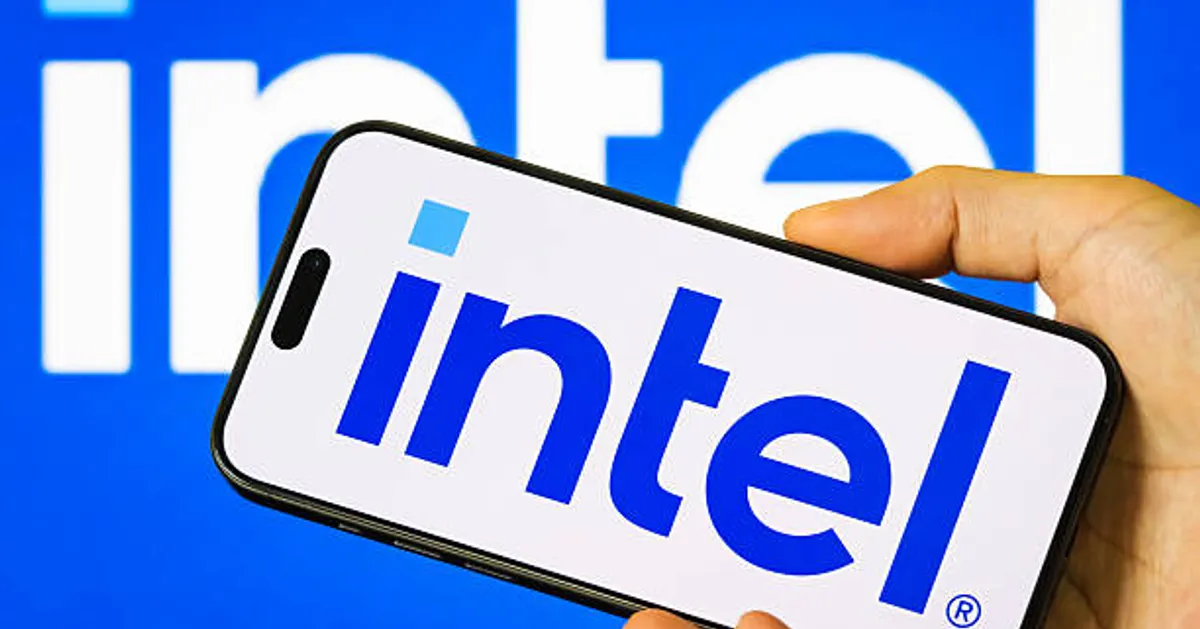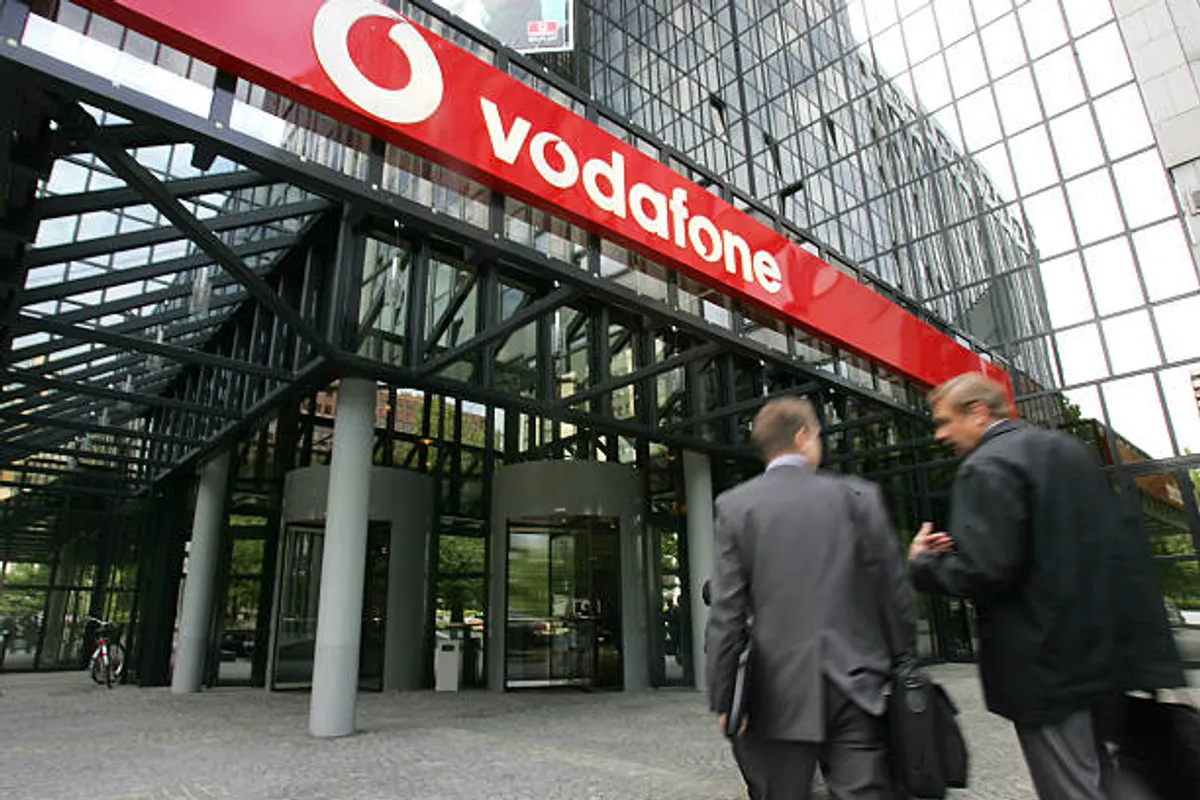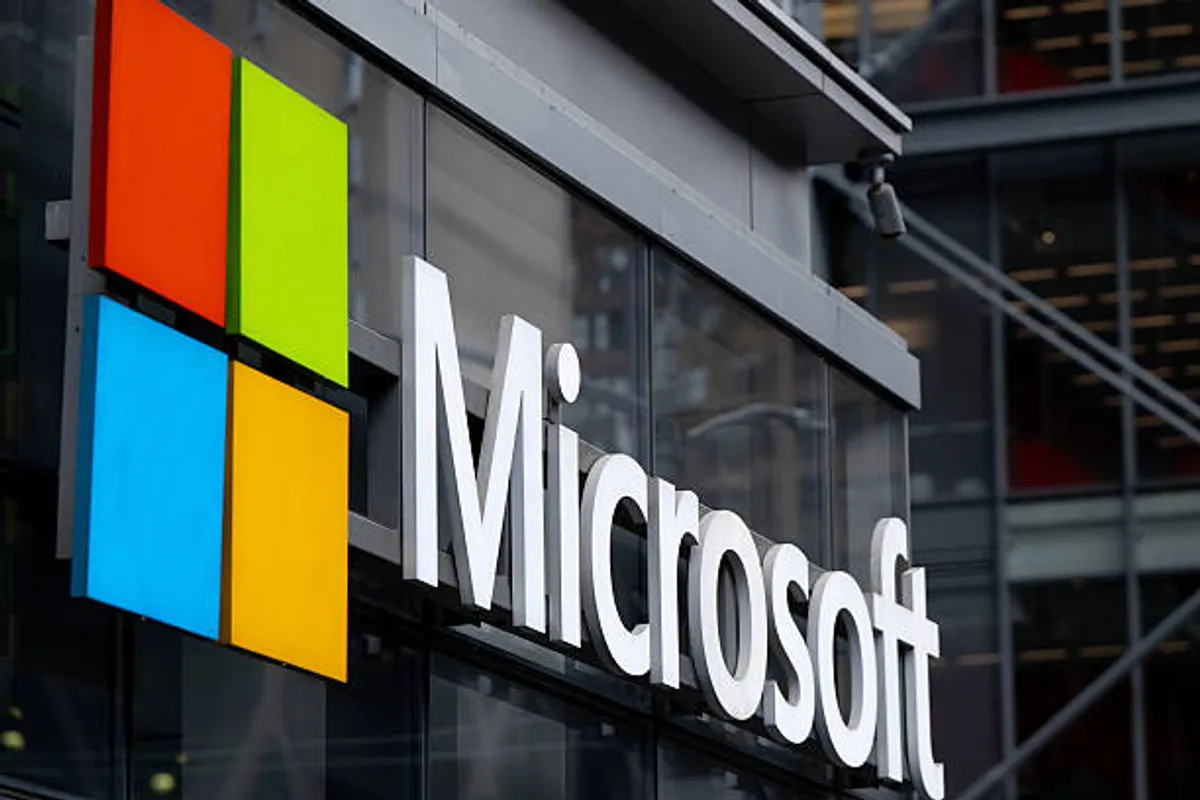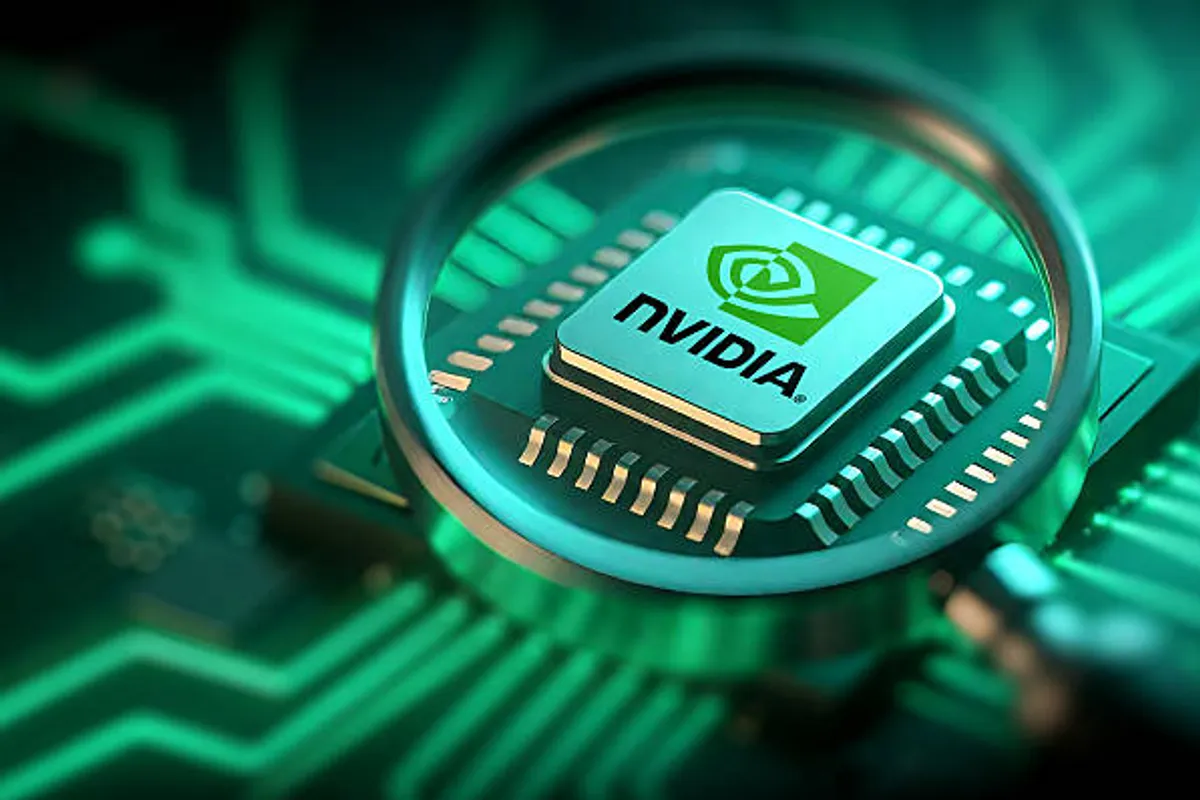
Intel Shares Jump Nearly 10% After Strong Third-Quarter Earnings

GeokHub
Contributing Writer
Intel Corp shares surged almost 10 percent on Friday after the chipmaker delivered stronger-than-expected third-quarter earnings, boosting investor confidence that its long-awaited turnaround may finally be gaining momentum.
The world’s largest semiconductor manufacturer by revenue reported results that exceeded Wall Street forecasts, driven by tight cost controls, improving demand in data-center and PC markets, and steady progress in its restructuring strategy.
After a turbulent 2024 marked by weak demand and heavy losses, Intel has focused on stabilizing its balance sheet and reviving profitability.
Chief Executive Officer Lip-Bu Tan has led a sweeping reorganization that includes selling non-core assets, cutting more than 20 percent of the workforce, and streamlining operations to reduce expenses.
The strategy appears to be paying off. Intel’s operating income rose sharply in the third quarter, helped by lower production costs and improved yields in legacy manufacturing lines. The company also benefited from new capital inflows from institutional investors and government-backed programs designed to strengthen domestic chip production.
Intel’s stock has now risen more than 90 percent in 2025, outpacing competitors such as Advanced Micro Devices (AMD) and narrowing the gap with Nvidia in the high-performance computing space.
Despite the improved results, analysts warned that Intel still faces major hurdles in regaining its technological edge.
Chief Financial Officer Dave Zinsner said the company’s most advanced 18A manufacturing process will not reach “acceptable production yields” until at least 2027, underscoring the complexity of catching up with leading foundries.
Intel continues to invest heavily in expanding its manufacturing capacity in the United States and Europe, aiming to re-establish itself as a key global supplier in the semiconductor value chain. But the long development cycle and capital intensity of chip production mean any sustained recovery will depend on consistent execution.
Some analysts described the latest quarter as encouraging but incomplete, noting that Intel must prove it can maintain profitability through the next year of investment and product launches.
The semiconductor industry has entered a new growth phase driven by artificial intelligence, cloud computing, and data-center expansion. Intel’s return to profitability could mark an important shift in market dynamics, particularly if it can deliver competitive chips for AI and high-performance workloads.
Investors are now watching closely to see whether Intel’s restructuring momentum continues through 2026.
A strong showing in the coming quarters could restore confidence in one of Silicon Valley’s oldest names — a company still seen as vital to global technology supply chains.








